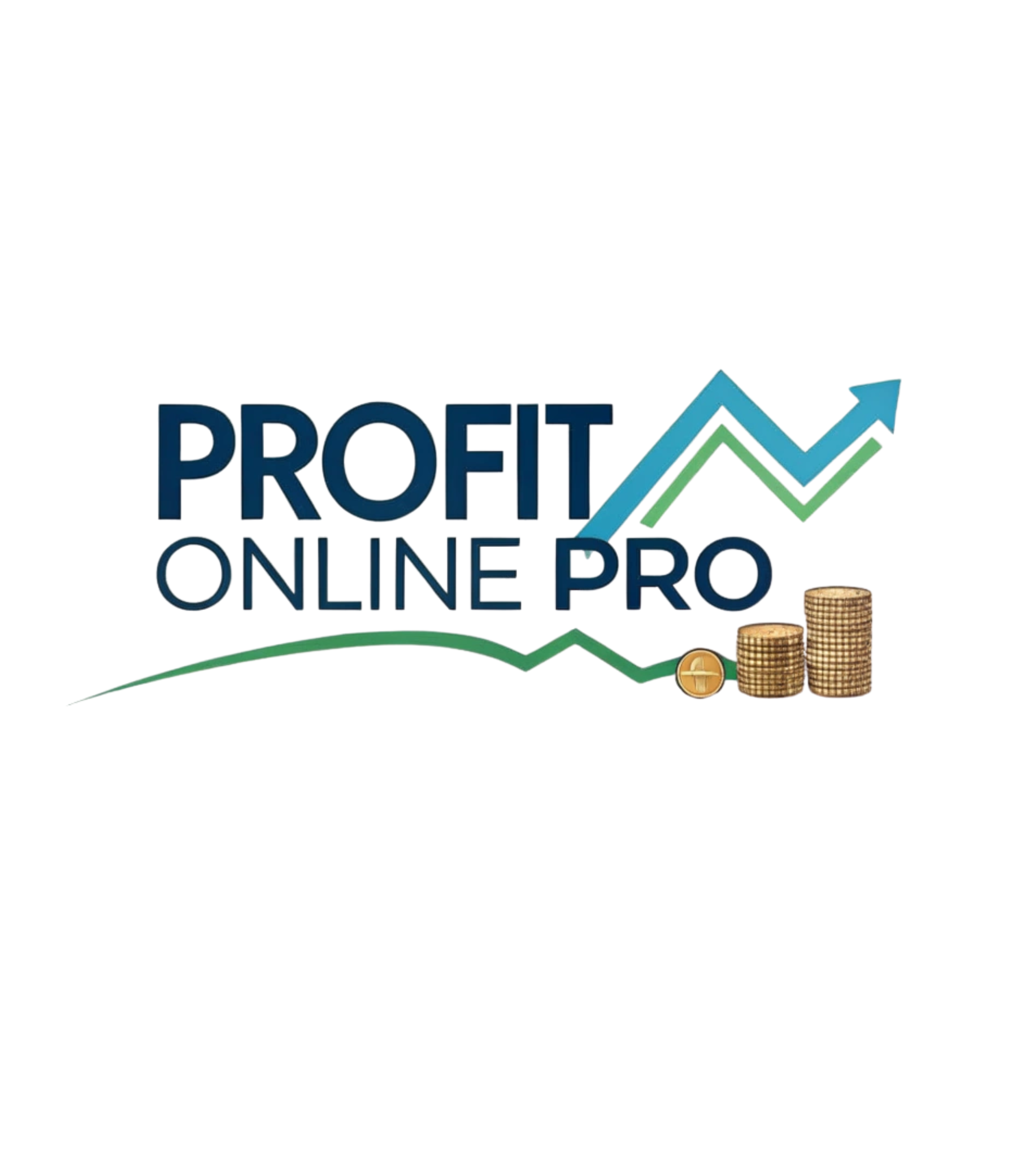In 2025, selling digital products is becoming a top way to earn money. More people are shopping online and using digital things. This has made it easier for entrepreneurs and creators to make money from their skills and knowledge.
Digital products like e-books, courses, and software are special. They can be made once and sold many times without extra costs. This guide will help beginners learn how to make and sell digital products. It will show the benefits and how to succeed in this growing field.
Key Takeaways
- Understanding the types of digital products that are in demand
- Learning how to create digital products with minimal upfront costs
- Discovering effective platforms for selling digital products online
- Strategies for marketing and promoting digital products
- Maximizing profits through optimized sales funnels
The Digital Product Revolution in 2025
Digital products are changing how we use and enjoy online content in 2025. The market for digital products is growing fast. This is because people want things that are easy to get, flexible, and varied.
Why Digital Products Are Booming
Several reasons explain why digital products are becoming more popular. First, they offer convenience like no other. You can get them from anywhere, anytime. Second, there’s a wide range of digital products available. They meet different needs, from learning to fun.
- Increased demand for online learning materials
- Growing popularity of digital art and design
- Rise of e-commerce platforms supporting digital sales
The Passive Income Potential
Entrepreneurs love digital products for their passive income potential in 2025. Digital products can be sold many times without extra work. This makes them great for earning money with little effort.

The digital world is always changing, offering more chances to sell digital products. By keeping up with trends and what people want, businesses can make more money with less work.
What Are Digital Products?
Digital products cover a wide range, from educational materials to creative assets. They are items sold and consumed online. This includes everything from ebooks to templates.
Creators can make money by selling their skills and knowledge online. Let’s look at some popular digital products.
eBooks and Digital Guides
eBooks and digital guides share valuable information on many topics. They can be made with tools like Microsoft Word or Google Docs. Then, they’re turned into PDFs for sharing.
Examples include cookbooks, travel guides, and study materials. They’re great because you can sell them many times without extra costs.
Templates and Printables
Templates and printables help people and businesses with customizable resources. They can be anything from resume templates to art prints.
Designers use software like Adobe Illustrator or Canva to create these products. They meet specific needs or niches.

Online Courses and Tutorials
Online courses and tutorials teach in-depth skills. They can be in video, text, or interactive formats. Platforms like Teachable or Kajabi are used to create them.
Examples include cooking classes, coding tutorials, and marketing courses. They’re great because they can reach people all over the world.
Digital Art and Presets
Digital art and presets are used in graphic design, photography, and more. They include wallpapers, social media graphics, and Lightroom presets.
Designers use software like Adobe Photoshop to create unique digital art. This art appeals to specific markets.
Software and Apps
Software and apps solve problems or improve experiences. They can be productivity tools, games, or educational apps.
Creating software or apps needs programming skills. But, the potential for making a lot of money is high. This is especially true if the product meets a market need.
In conclusion, digital products offer many options for creators. They can choose what fits their skills and audience best.
Why Digital Products Are the Perfect Business Model
The digital product revolution is changing how businesses work. It offers a great model for entrepreneurs. This change comes from the many benefits of digital products over physical ones.
Digital products don’t need inventory or shipping worries. This means businesses can spend more time on making and marketing their products.
No Inventory or Shipping Hassles
Digital products don’t need storage or shipping. This cuts down costs and makes things more efficient. Businesses can then focus on improving their products and serving customers better.
Global Customer Access
Digital products let businesses reach people all over the world. This opens up new markets and ways to make money. It’s a big draw for entrepreneurs wanting to grow their customer base.
High Profit Margins
Digital products often have high profit margins. This is because they’re cheap to make and distribute. Once made, they can be sold many times without extra costs, which boosts profits.
Create Once, Sell Infinitely
The ability to create once and sell infinitely is a big plus for digital products. After making them, businesses can sell them over and over. This makes the business model scalable and lasting.
In summary, digital products are a great choice for businesses. They offer no inventory worries, global reach, high profits, and the chance to sell forever. This makes them a strong option for entrepreneurs to build lasting online businesses.
Finding Your Profitable Digital Product Niche
Finding a profitable niche is key to success in digital products. With e-commerce growing, making and selling digital products is easier than ever. But, with more people doing it, finding a niche that’s both profitable and fits your skills or interests is crucial.
Market Research Techniques
Good market research is the first step to finding a profitable niche. You need to know your audience, their needs, and what’s trending. Some effective ways to do this include:
- Looking at consumer trends on Amazon and Etsy
- Using Google Trends to see what people are searching for
- Talking to potential customers on social media to learn about their problems
For example, Etsy trends might show a rise in digital planners and organizers. This could be a sign of a good niche.
Identifying Gaps in the Market
After getting a sense of the market, find gaps your product can fill. This means:
- Checking out existing products and their reviews to see what’s missing
- Looking at forums and discussion boards to find common problems
- Using keyword tools to find search terms with good volume and less competition
A gap could be a lack of detailed guides or customizable templates for a certain industry.
Validating Your Digital Product Idea
Once you have a niche and product idea, validate it. You can do this by:
- Creating a basic version of your product to test with a small group
- Doing surveys or polls on social media to see if people are interested
- Using pre-selling to check demand before fully making the product
Validation makes sure your product meets your audience’s needs. It also lowers the risk of investing in a product that won’t sell well.
| Niche | Market Demand | Competition Level |
|---|---|---|
| Digital Art | High | Medium |
| Online Courses | High | High |
| Printable Planners | Medium | Low |
As shown in the table, different niches have different demands and competition levels. Finding a niche with a good balance is important.
In conclusion, finding a profitable digital product niche needs thorough research, understanding market gaps, and validating your idea. By following these steps, you can boost your chances of success in the digital product market.
How to Make Money Selling Digital Products on Different Platforms
Digital products have become popular, offering many places to sell them. From big marketplaces to personal sites, picking the right spot is key. It helps you make more money and sell more.
Etsy for Digital Downloads
Etsy is known for handmade items, but it also lets you sell digital stuff. You can sell printable art, templates, and digital planners. Etsy’s big customer base is a big plus, but remember the competition and fees.
Gumroad for Direct Sales
Gumroad is made for selling digital products straight to buyers. It’s easy to sell ebooks, software, and more. Gumroad takes care of payments and delivery, making sales simple. But, it charges a fee per sale, which might cut into your profits.
Podia for Courses and Memberships
Podia is great for selling courses, memberships, and digital downloads. It’s perfect for those who teach or offer memberships. Podia has tools for email marketing and managing customers, helping you build a community.
Building Your Own Website
Having your own site gives you total control over sales and customer info. You can use Shopify or WooCommerce for a professional store. This option needs more setup and upkeep but can be more profitable and flexible.
Platform Comparison and Fees
When picking a platform, look at the fees. Here’s a quick comparison:
- Etsy: Listing fees and transaction fees
- Gumroad: Transaction fees
- Podia: Monthly fees or transaction fees
- Self-hosted website: Setup costs, payment fees, and upkeep
Each platform has its own good and bad points. The best one for you depends on your business and needs.
Creating Value-Packed Digital Products
Making digital products that your audience loves needs careful thought. Whether it’s printables, eBooks, or online courses, the secret is to give your customers great value.
Planning Your Product Content
First, plan your digital product’s content well. Know what your audience wants and likes. Market research is key to finding what’s missing and what you can offer differently.
Here’s how to plan well:
- Know your niche and what it needs.
- Look at what your competitors do well and what they don’t.
- Make a detailed plan for your product’s content.
Design Tools and Resources
With a solid plan, it’s time to make your product. Design tools and resources are essential here. Canva, Adobe Creative Cloud, and other graphic design software can make your products look great.
Here’s a table comparing popular design tools:
| Tool | Primary Use | User Level |
|---|---|---|
| Canva | Graphic Design, Templates | Beginner-Friendly |
| Adobe Creative Cloud | Advanced Graphic Design, Video Editing | Intermediate to Advanced |
| Figma | UI/UX Design, Collaboration | Intermediate to Advanced |
Using AI Tools to Accelerate Creation
AI tools can make creating your digital products faster. They help with everything from writing to design.
Leveraging ChatGPT for Content
ChatGPT can write top-notch content for your products. This includes eBook text, course materials, and blog posts. It’s great for research, outlining, and writing.
Designing with Canva
Canva lets you make many types of visual content. This includes social media graphics, eBook templates, and printable art. Its easy-to-use design makes it perfect for all creators.
Other AI Tools for Creators
There are many AI tools for making digital products. These include tools for graphic design, video editing, and voiceovers for videos.
By planning well, using the right tools, and leveraging AI, you can create digital products that draw in customers and offer real value.
Setting Up Your Digital Product Store
Creating a standout digital product store takes careful planning. You must focus on several key areas. These areas improve customer experience and boost sales.
Creating an Attractive Storefront
Your storefront is the first thing customers see. Make it memorable with a clean, intuitive design. Use high-quality graphics to showcase your products well.
When designing your storefront, consider these points:
- Clear categorization of products
- Prominent display of best-selling or featured products
- Simple and intuitive navigation
Writing Compelling Product Descriptions
Good product descriptions can convince customers to buy. Use persuasive language and focus on the key benefits of your products.
Effective descriptions should:
- Clearly explain the product’s features and benefits
- Address potential customer concerns
- Include relevant keywords for SEO optimization
Setting Up Secure Payment Processing
Having a secure payment processing system builds trust. It protects customers’ financial info and boosts your store’s credibility.
Popular payment gateways include:
- PayPal
- Stripe
- Square
Automating Product Delivery
Automating delivery ensures customers get products fast. Use reliable e-commerce platforms for this.
Focus on these areas to make a successful digital product store. Always look for ways to improve based on customer feedback and sales data.
Pricing and Promotion Strategies
Setting the right price and promoting your digital products well are key to success online. You need a plan that includes smart pricing, search engine optimization, and using many marketing channels. This way, you can make more money and get noticed.
Determining Your Pricing Structure
Figuring out the best price for your digital products is tricky. You must balance being competitive with making a profit. Think about your costs, who you’re selling to, and what’s happening in the market. Value-based pricing is a good idea, as it matches the product’s value to the customer.
Cost-plus pricing is simple but might not always match what people are willing to pay. Try different prices to find the sweet spot.
| Pricing Strategy | Description | Pros | Cons |
|---|---|---|---|
| Value-Based Pricing | Price based on the product’s perceived value | Can maximize profits, aligns with customer perception | Requires understanding of customer value perception |
| Cost-Plus Pricing | Add a markup to the production costs | Simple to calculate, ensures cost coverage | May not reflect market conditions or customer willingness to pay |
SEO Optimization for Visibility
To sell digital products online well, they need to be seen by potential buyers. SEO optimization is key. Make sure your product descriptions, titles, and tags include keywords people use when looking for similar products.
Use long-tail keywords to target specific searches and cut down on competition. Keep your content fresh and make sure your site works on mobile devices to stay high in search rankings.
Pinterest Marketing for Digital Products
Pinterest is great for showing off digital products that look good. Create boards and pin your products to show their benefits. Use Pinterest SEO by adding relevant keywords to your descriptions and hashtags.
Interact with your followers by answering comments and using Rich Pins for extra info. Pinterest Ads can also help you reach more people.
Building an Email List
An email list is a treasure for promoting your digital products. Offer free stuff or special content to get people to sign up.
Send regular newsletters to keep your audience interested and informed about new stuff. Segmenting your list helps you target your marketing better, which can lead to more sales.
Social Media Promotion Strategies
Using social media is vital for digital marketing. Share content that shows off your products’ benefits. Use Instagram, Facebook, and Twitter to reach different groups of people.
Targeted ads on these platforms can help you find potential customers. Working with influencers can also expand your reach.
Conclusion: Your Path to Digital Product Success
Starting a digital product business can be very profitable. It offers a way to earn a lot of passive income in 2025. By knowing what digital products are, finding profitable niches, and using the right platforms, you can build a successful online business.
To make money selling digital products, you need to follow some important steps. First, research your market and create valuable products. Then, set up an attractive online store and use smart pricing and promotion strategies. These steps help you build a strong online presence and keep customers coming back.
When you start your digital product journey, remember to always add value to your customers. Also, be ready to change with the digital world. With hard work and the right strategies, you can earn a steady passive income in 2025 and more.




